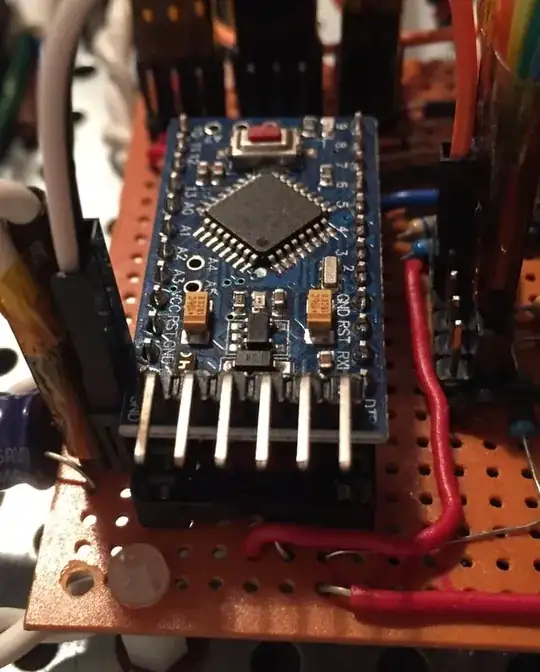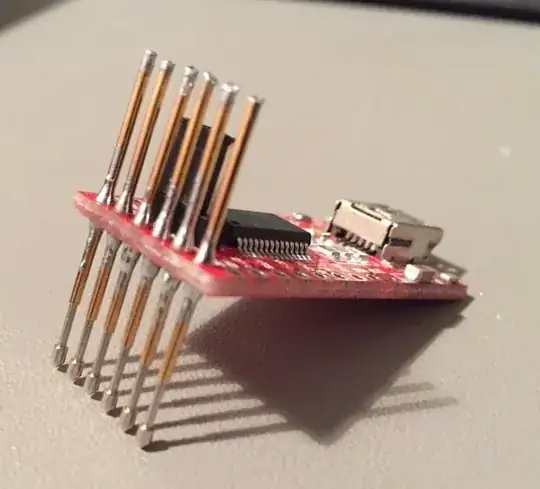Using separate power supplies at the same time for different parts of your system is a bad, bad idea; you never want two separate power supplies potentially pushing current at each other. Using separate +5V power sources for different chips but sharing a common ground across the device and connecting just data lines is problematic, too; as far as I know it's not trivial to do safely. Unless you really know what you're doing, full isolation between separately powered components is the way to go.
The two parts of the system we're talking about here, the USB-Serial converter and the rest of the system, exchange digital data only, and that at only three points, all of which are unidirectional: serial TX, serial RX and DTR. (DTR, when pulled low by the PC, resets the Arduino). Therefore if we can isolate these links not to exchange current when they communicate, we can separately power the devices on each side of this isolation barrier.
This is actually a common problem in things like power supplies (where we want data from the high-voltage side sent to the low-voltage side but don't want the risk that someone touching the low-voltage side could get electrocuted) and motor control boards (where the motors often use a separate power supply from the controller logic to reduce noise passed into the controller logic). One common solution is to use opto-isolators (also called optocouplers). Typically these use an LED and a sensor looking at it from across a gap; when the LED is lit up by one side, the other side sees it and generates a current.
The 6N137 (as used in this answer) or similar chip should work for this: 10 MHz is plenty of bandwith to run a 115,200 baud serial link. Each opto-coupler would be powered by the receiving side (Arduino for its RX and DTR, USB-serial for Arduino's TX) and on the other side you'd connect data to the VF+ pin and ground to the VF- pin. As per note 1 on page 4, you'll need caps at the power supply inputs, and you'll have to add inverters as well if you use this particular opto-isolator, since it inverts the signal; a 74HC04 will give you six of those. If you want to save a dollar, you could not bother to connect the DTR line and just reset the Arduino manually when you want to upload a program, if that's not too inconvenient.
Consumer warning here: I've not actually built this circuit (though I'd like to give it a try one day), so there could be something I'm missing here. (Hopefully someone more expert than me will speak up if that's the case.)
If you're going to be spending any significant amount of time connected to USB power and your whole system can run on less than 500 mA (the limit of the USB supply from many PCs), you may want to consider powering the entire system from USB while it's connected. This can be done in a way similar to how the Arduino Uno board disconnects USB power when receiving power on Vin: switch it with a comparator and a MOSFET.


